The 2010s might have been the decade that drones revolutionized our world, but, in so many ways, the aerial photography craze is just getting started. Earlier this year, everyone from 500px to Red Bull named drone photography as one of their top trends for 2020. In May, Dirk Dallas, the curator of the popular Instagram account From Where I Drone, released a brand-new book of images from around the world.
The global consumer (recreational) drones market is expected to reach $4.05 billion by 2022, as interest in aerial photography rises among pros and hobbyists alike. Meanwhile, artists like Ryan Longnecker, Ueli Frischknecht, Johannes Hulsch, Donal James Boyd, and many more are changing the game, as hundreds of thousands of followers tune in for the journey. Below, we cover the basics of getting started in this field, from understanding the gear to taking great photos.
A brief history of aerial photography
For almost as long as there have been cameras, there have been aerial photographers. In the mid-19th century, the legendary photographer Nadar became the first when he soared sixteen hundred feet over Paris in a tethered hot air balloon.
At the turn of the century, just a few years after the Wright Flyer took to the skies, more early “birds-eye-view” photos started to appear out of France. Aerial photography isn’t new; it’s just newly accessible. While a helicopter rental might set you back upwards of a thousand dollars per hour, you can get a great drone for half that.
Drone photography gear
Drones are continually getting better and cheaper, so options abound no matter what your budget is. Drone cameras have smaller sensors than your mirrorless or DSLR camera, but some have larger sensors than others, so that’s always something to consider when investing.
Image quality is at the top of your list, so check if the drone you want can shoot in RAW and refer to its megapixel count. RAW files will give you more freedom in post-processing, and that’s especially important for getting quality drone images, particularly if you’re shooting in low light.
Depending on your needs, you might also want to invest in a “smart” drone that can detect your movements or gestures. You may also need a drone that shoots 4k video if you’re interested in footage as well as stills, or you might feel strongly about having a drone with lighting or optical zoom.
DJI quadcopters hold an estimated 72% of the global market share—and for good reason. They capture incredible, high-quality images, and they’re portable and capable of longer flights (up to 31 minutes!). Still, there are other brands out there, so it’s worth renting or borrowing before you buy.
If you’re a beginner, there’s no need to jump into an expensive, feature-rich purchase, and you can always touch base with the teams at photo stores like B&H in New York or Vistek in Canada for up-to-date recommendations. Ask about hovering capabilities as well; no one wants (unintentionally) blurry drone photos.
As for accessories, don’t forget to pick up some extra memory cards, batteries, propeller guards, lanyards, and neutral-density filters if you plan to shoot in daylight. You aren’t limited when it comes to creative add-ons, ranging from VR goggles to helipads.
Registrations and restrictions
Drone photography is not without its risks. In April, the world-renowned photographer George Steinmetz had his drone confiscated by the NYPD, who cited a law prohibiting aircraft from taking off or landing anywhere in New York City that’s not an airport. Drone photography rules and regulations are constantly evolving, so always do your research before a flight to make sure you’re good-to-go.
Some countries prohibit the use of drones, so cross your i’s and dot your t’s before traveling. In the United States, drone photography is legal, but if you plan to earn money from the photos, you need to obtain a commercial drone certification from the FAA; the Drone Pilot Ground School offers great resources for getting started.
Every state also has its own laws and regulations that you must follow, but you can start on the FAA website. National parks are off-limits, with very few exceptions. If you want to fly over private property, your best bet is to secure a property release.
Flying a drone is also legal in Canada, but you must register your drone with Transport Canada if it’s over 250 grams (it’s the same in the US with the FAA). Of course, there are rules; for example, you must respect the privacy of others and avoid forest fires, outdoor concerts, and parades. You must also fly below 400 feet and keep your drone within your sight at all times (both of these rules are standard). If you want more flexibility, you can apply for a Special Flight Operations Certificate (SFOC).
We’ve barely scratched the surface here, so when in doubt, check with the local authorities. Contact an attorney if you’re unsure; some, like Leslie Burns, Esq. in the United States, specialize in photography and creative industries.
Drone photography tips
Tip #1: Stay safe!
Create a thorough checklist, and triple check everything before any flight, from the propellers to the GPS signal to the compass and gimbal, to make sure it’s working properly; if the drone is damaged, reschedule. Keep a safe distance from, and don’t fly over, any unprotected people, animals, or moving vehicles.
Manned aircraft have the right of way, so stay away. Plan to shoot on days with clear weather and little to no wind (double-check that wind speed!). If you’re shooting in the cold, bring some extra batteries and keep them in your inner coat pocket, as they’ll lose their juice quickly.
You can download a safety app like B4UFLY or AirMap to make sure you’re in compliance with the rules. Additionally, the educational campaign Know Before You Fly provides expert guidance on safe drone ownership, including training courses you can take online or in-person.
A note on wildlife: there have been documented cases of animals being harassed by drones. Interfering with natural habitats is unacceptable, so respect the rules and use your best moral judgment. Of course, keep that drone where you can see it and avoid flying over crowds and emergency situations or disasters. If you want to shoot near an airport, you need advance permission.
Tip #2: Know your drone
Do some test flights to get a feel for what your drone can and can’t do, and keep in mind that today’s drones have beginner or smart modes that you can use to practice. Check those software updates before every flight, and familiarize yourself with the different shooting modes. To start, you might use auto, but as you improve, you can switch to manual. By adjusting your shutter speed, ISO, and aperture yourself, you’ll be able to fully control your motion blur, noise, and depth of field to create sharp photos. A note on ISO: keep it as low as possible, as drones don’t do well when you get into those higher numbers.
Tip #3: Explore locally
Hawaii, Namibia, Senegal’s Pink Lake, Iceland’s Blue Lagoon, the ocean pools of New South Wales—some places seem as though they were created for aerial photography. But you don’t have to travel the world to find gorgeous spots.
Ask friends and local photographers about their favorite spots, or browse social media for ideas. Looking for hidden gems will make your photos stand apart from the rest, and you might just stumble upon the next viral location. Plus, if you’re just getting started, it’s better to crash your drone close to home. Best of all, you’ll be able to return as many times as you’d like. Photographing the same spot throughout the seasons can also form the foundation for a long-term series.
Tip #4: Scout your spot
Checking out your location via Google Earth’s 3D function or a scouting app like Planit! or PhotoPills will help you find the best angles—and avoid potential disasters. Draw up a flight plan before the shoot. Have a few key shots in the back of your mind, and write them down so you don’t forget. You want to make the most of your flight time once you’re there.
Arrive early so you can scout it again with your drone; fly around a bit to look for the best compositions and most interesting angles. Search for ways to abstract the landscape and transform it into something new; sometimes, the most compelling drone photos are also the least obvious. Look for dynamic colors, shapes, and patterns, but keep your composition clean and simple overall. You don’t need to fly that high to get these shots.
Tip #5: Aim for the golden hour
All photographers love the golden hour after sunrise or before sunset, but aerial photographers have a special relationship with this time of day. This is when you’ll get those warm, saturated colors as well as those long shadows that can set your pictures apart. Wait too long, and flying could quickly become a safety hazard; plus, in the United States, you need a waiver if you plan to shoot after dark.
Tip #6: License your work
For creative entrepreneurs, drone photography offers up a wealth of business opportunities, from wedding to real estate, but one way to enter the market is through Licensing. Brands and companies are always looking to buy high-quality photos with a new or unexpected perspective, and drones are perfect for doing just that.
Search any stock platform for photos of a famous landmark, and you’re likely to find tons of images; narrow your search to just aerial photos, and you’ll get a select few. If you’re interested in monetizing your drone photography, be sure to check out our article on taking aerial pictures that sell.
Tip #7: Keep calm
Drones sometimes get lost, but it’s the photographer’s job to maintain a clear and level head. There are steps you can take to reduce the risk of losing your drone, like labeling it with your contact info, adding a GPS tracker, or using the Return to Home (RTH) feature. As long as you’re keeping yourself, the environment, and others safe, there’s no reason to panic. Drone photography is fun, so embrace the learning process.
Finally, stay focused. As a drone photographer, you’ll be approached by other artists, tourists, travelers, and curious bystanders who want to know more about what you’re doing. Feel free to share your tips, gear recommendations, and wisdom—just wait until the flight is over to do so.
Not on 500px yet? Sign up here to explore more impactful photography.




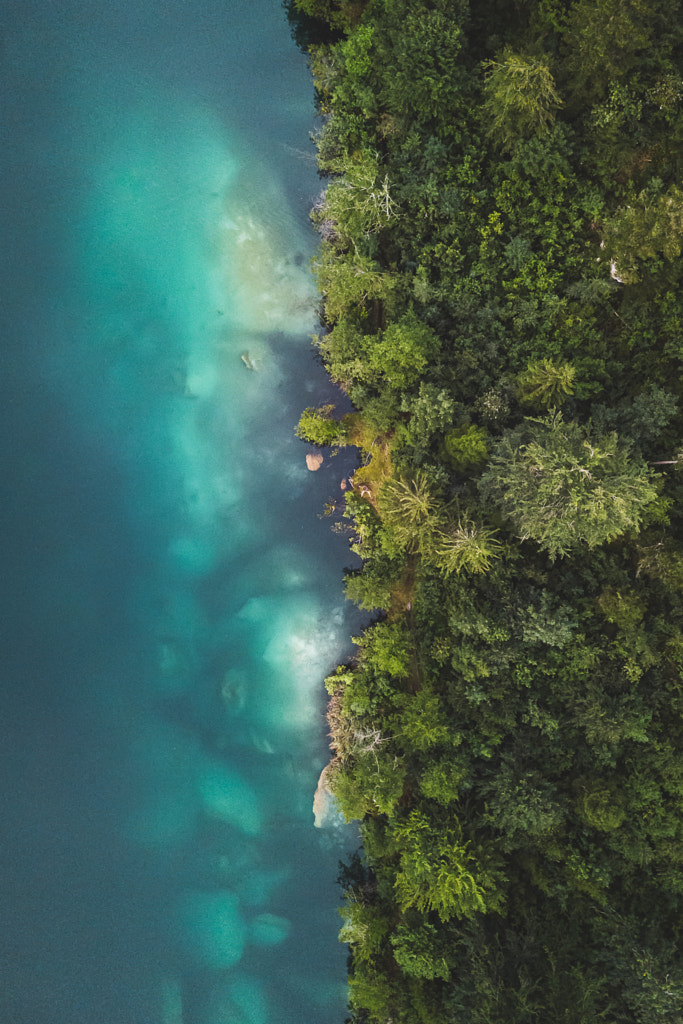


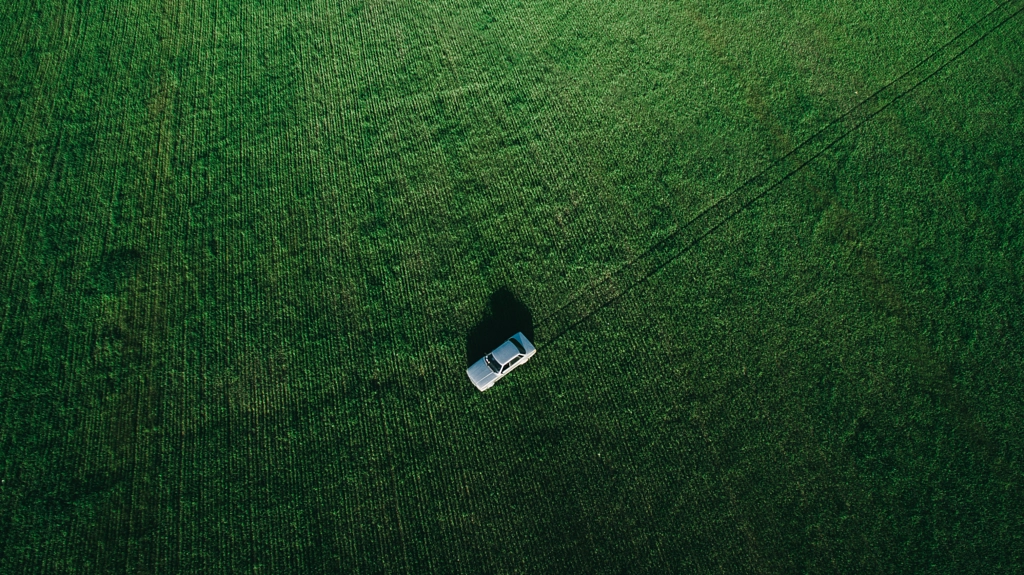
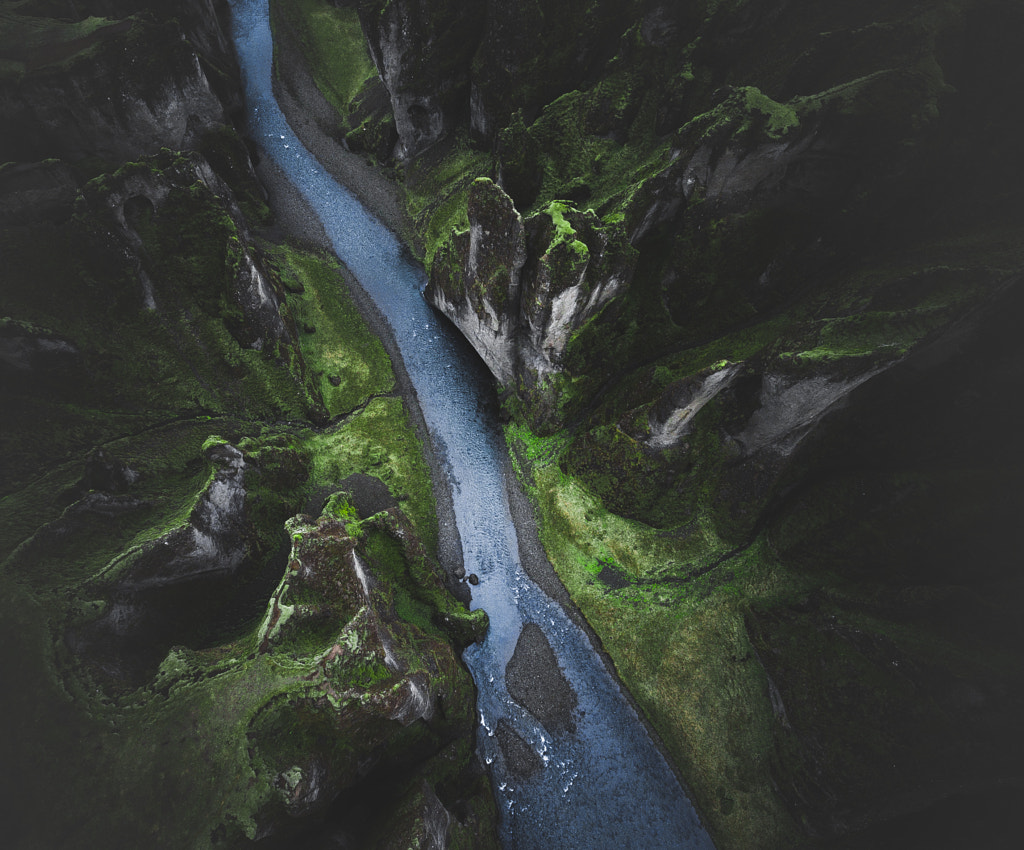
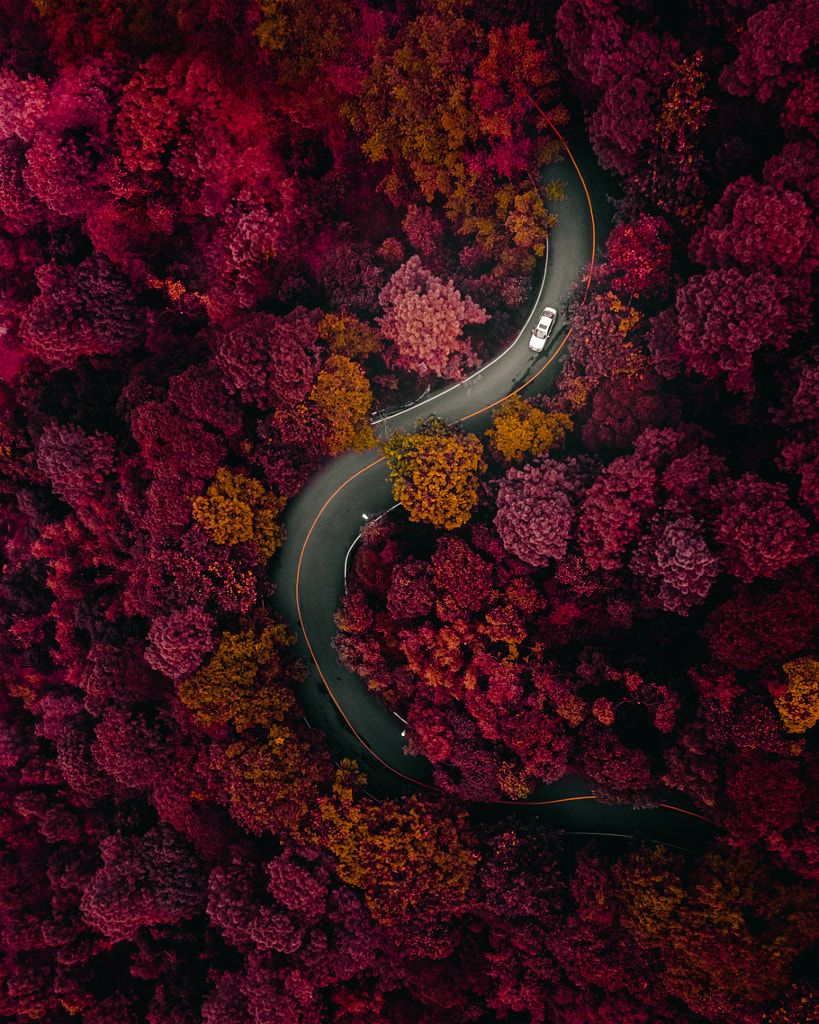
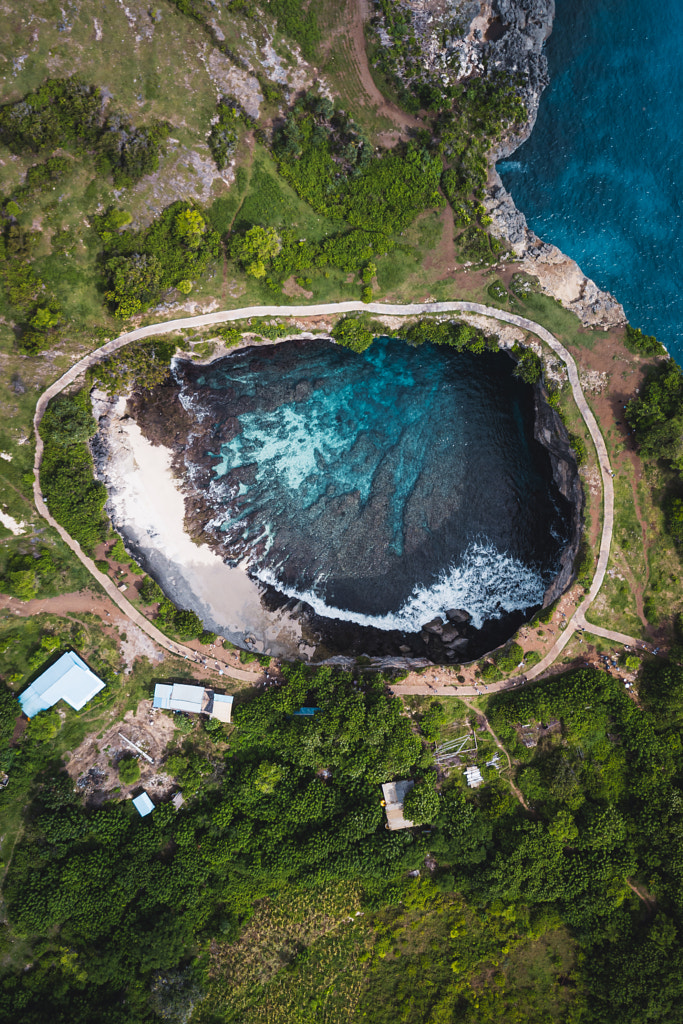
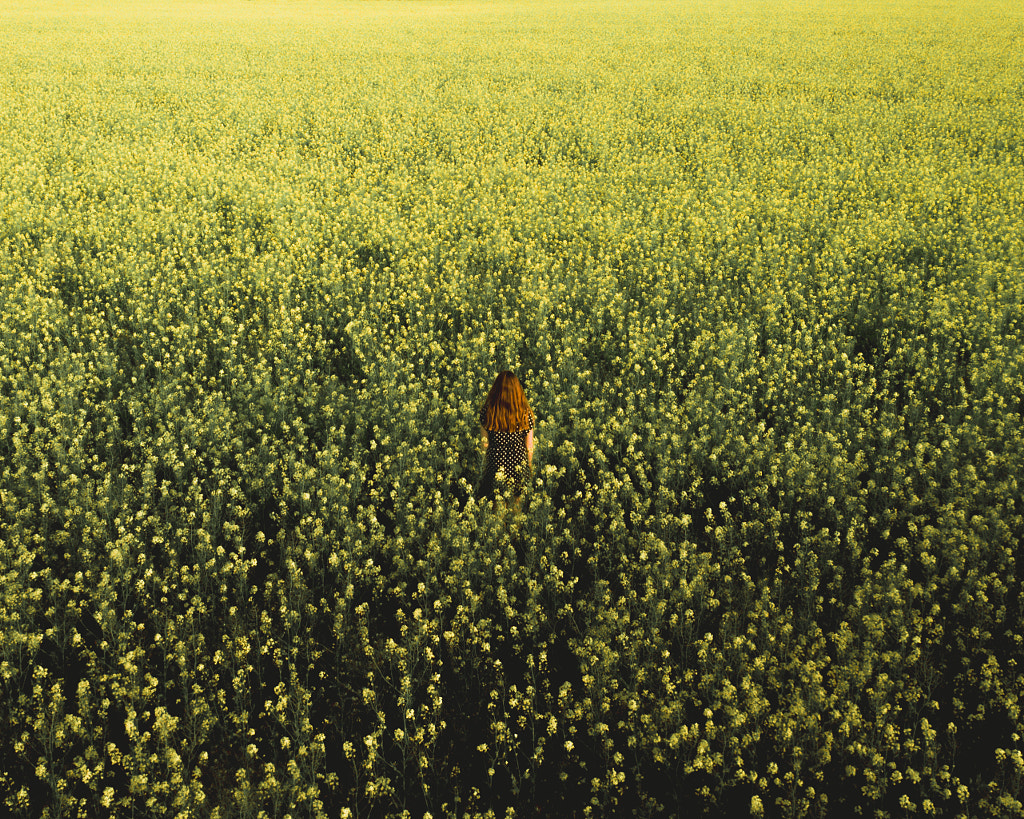
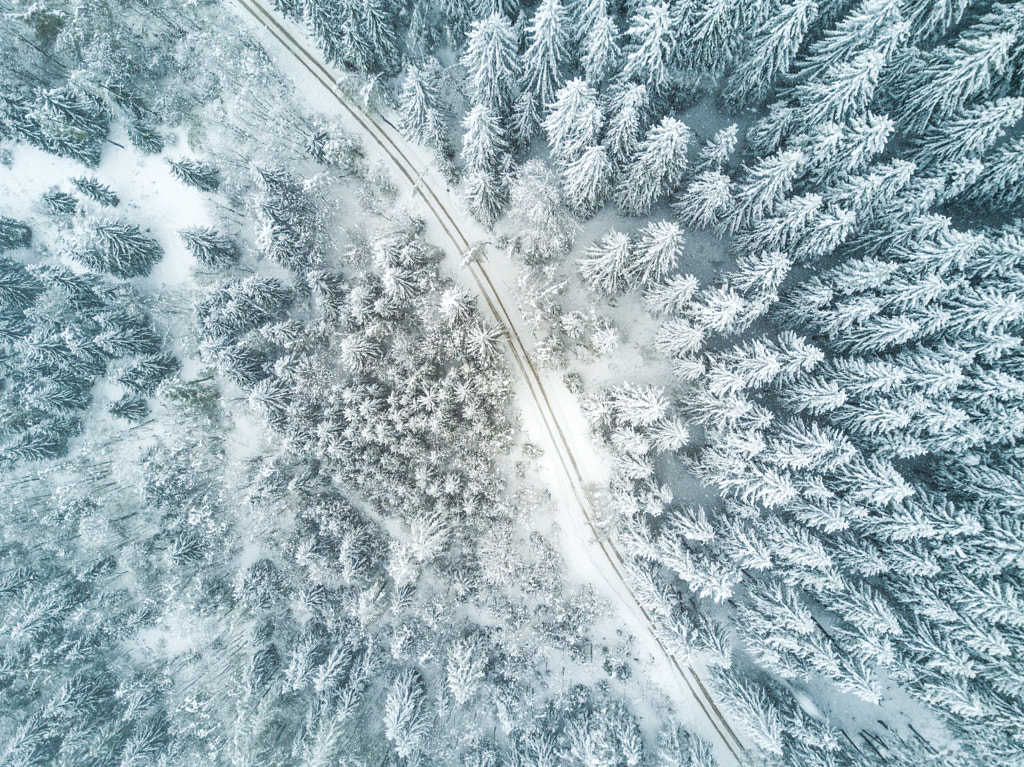
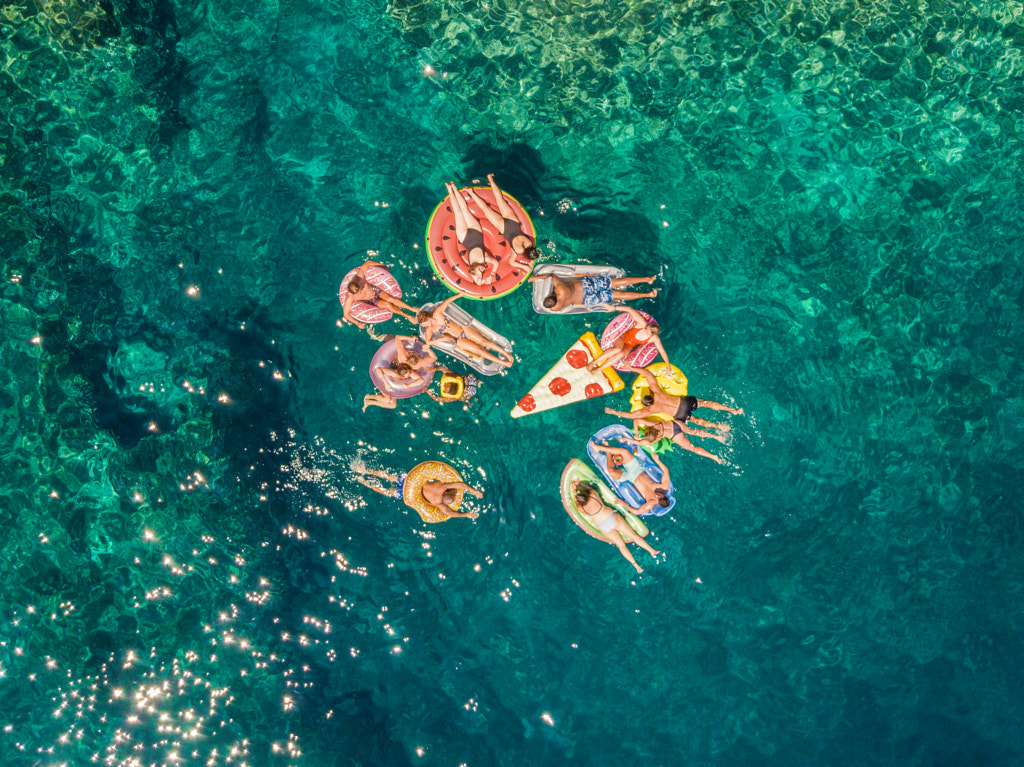
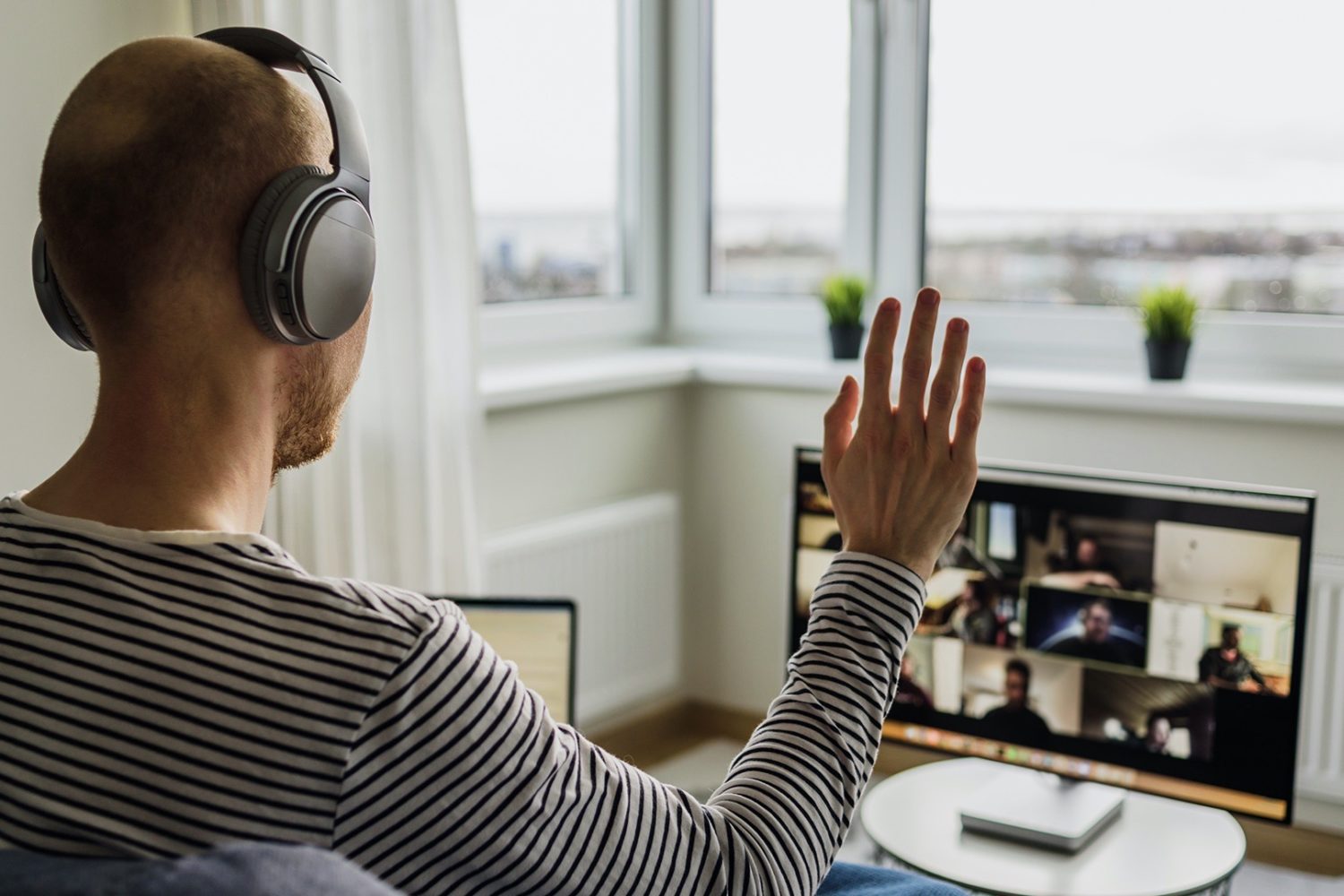

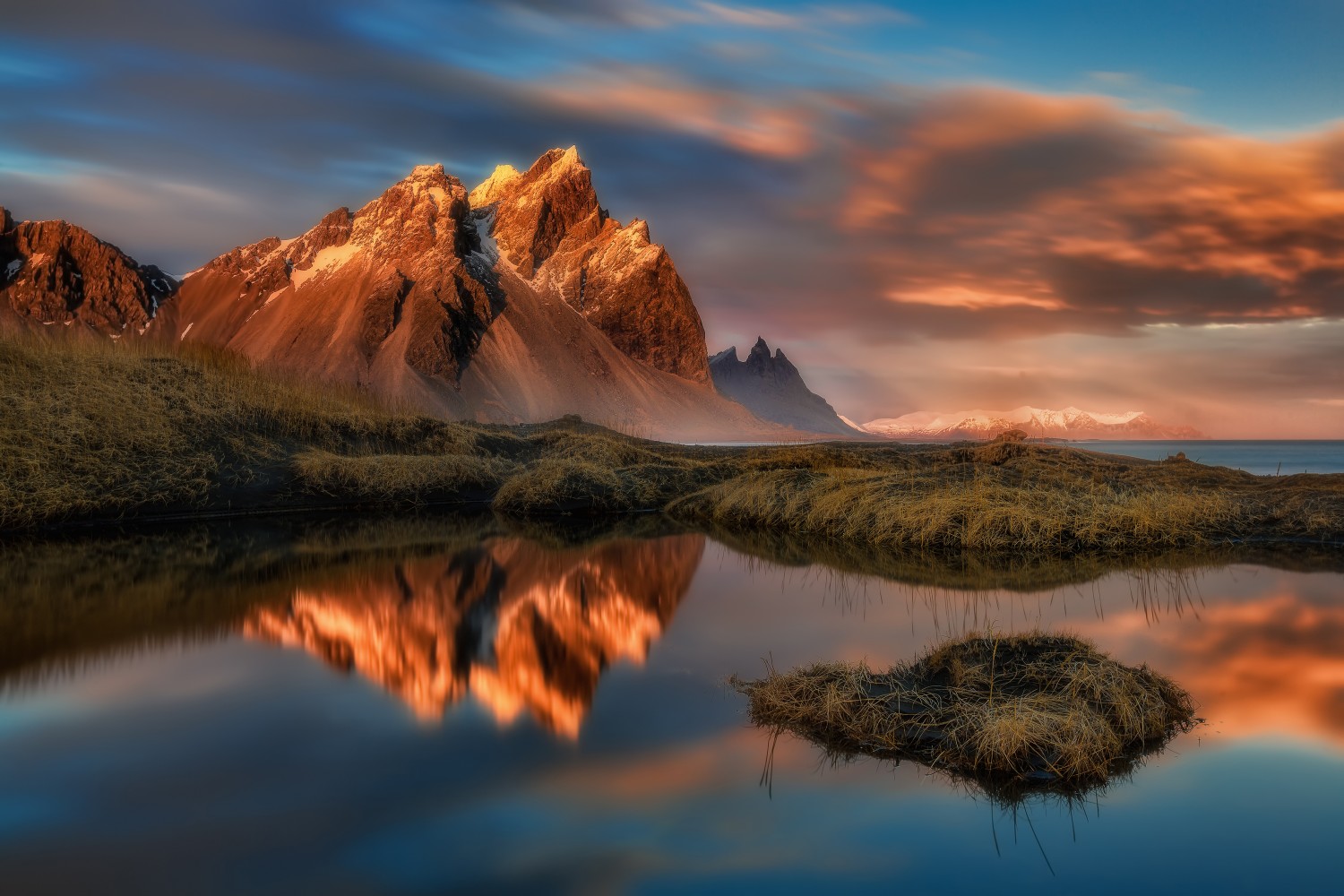
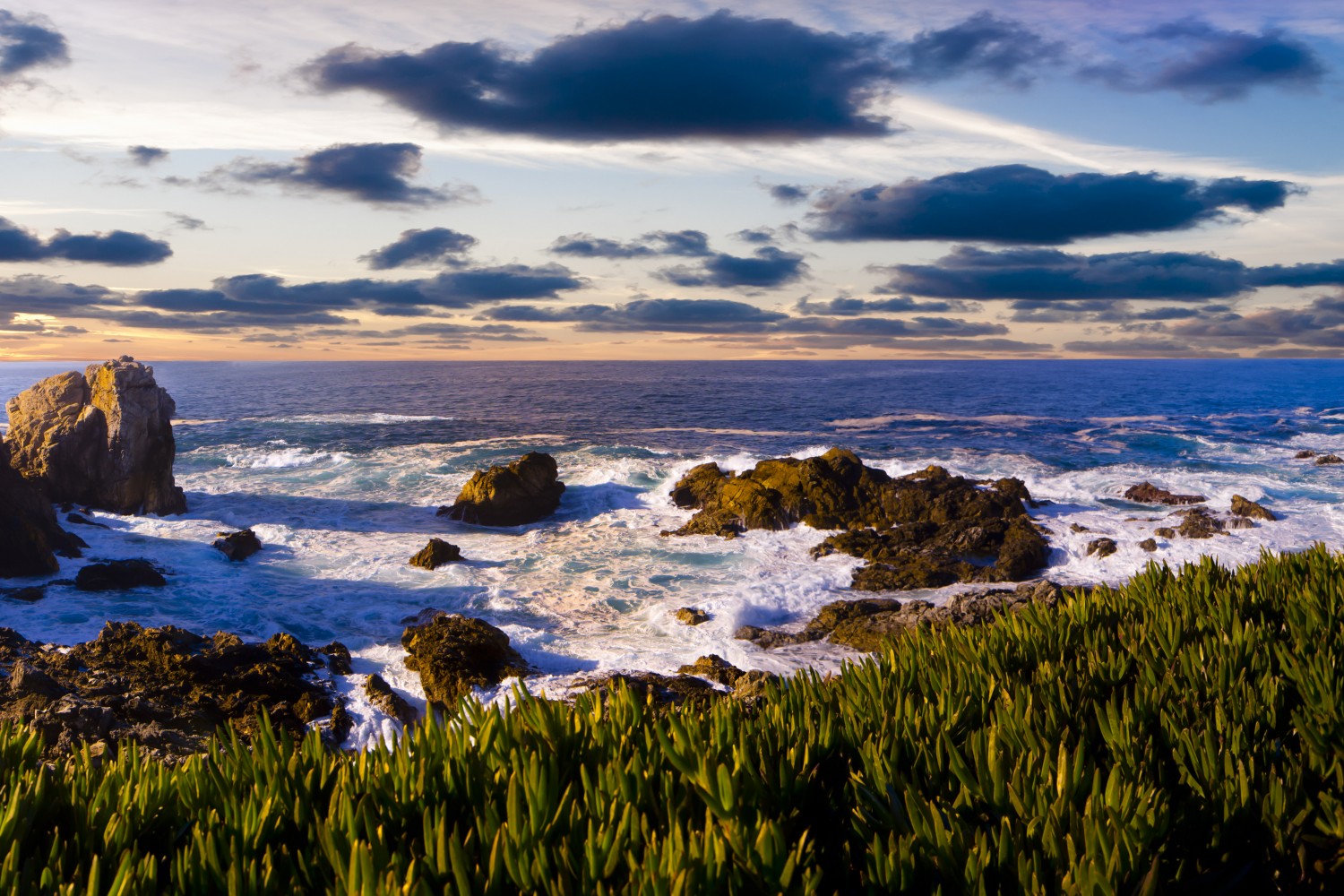
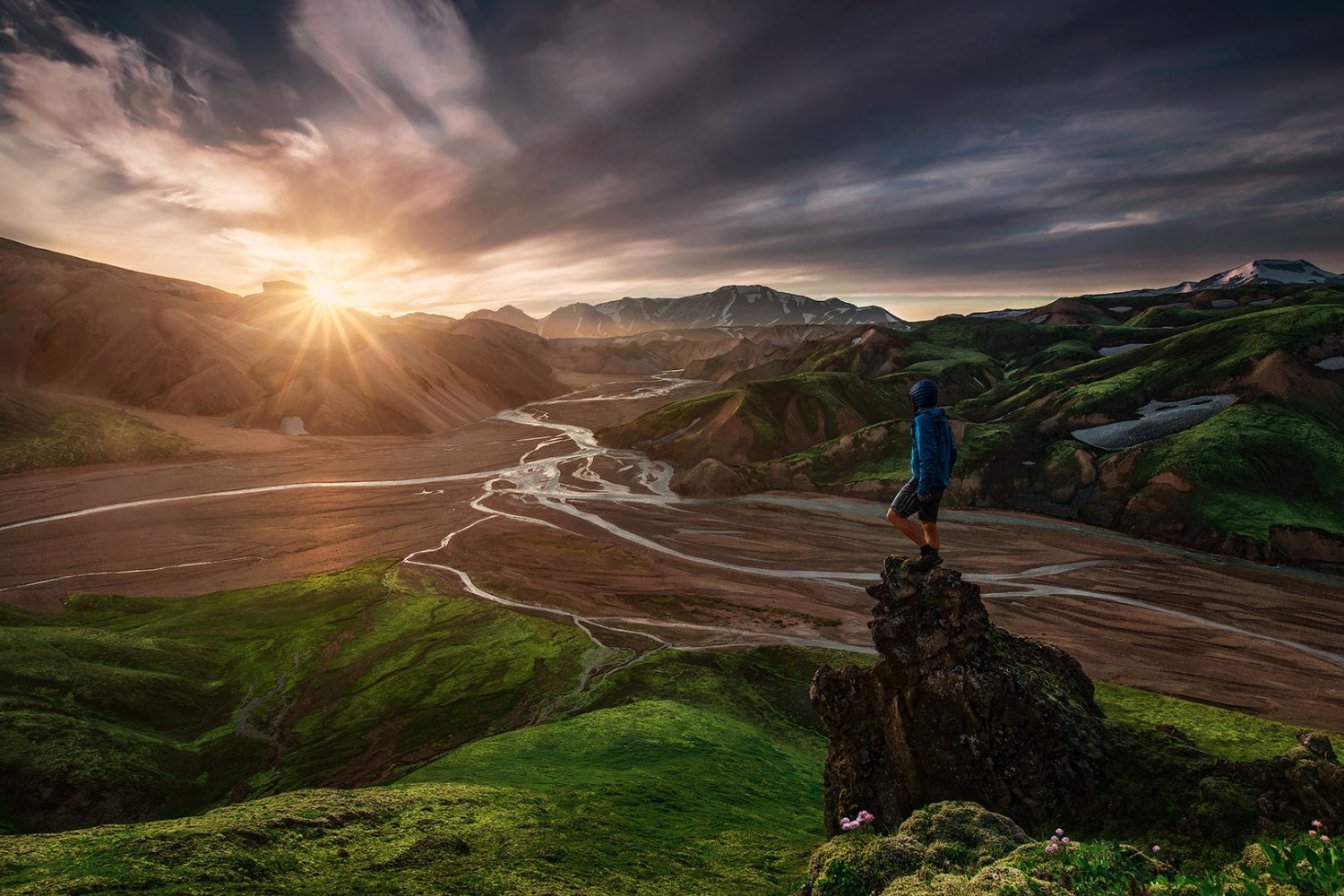
Leave a reply